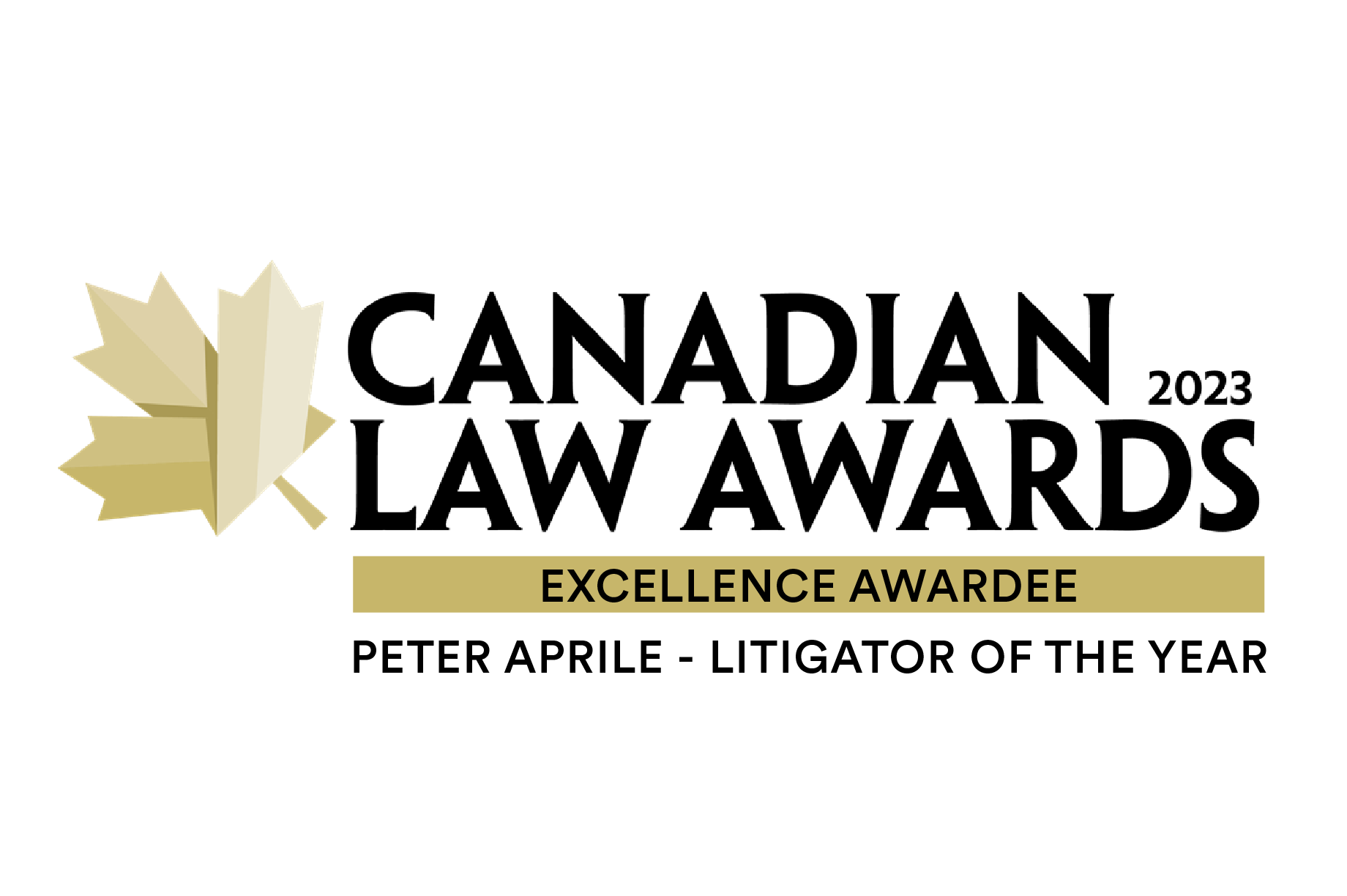
Key Takeaways
-
Data shows a surge in improper CRA reassessments leading up to March 31, driven by TEBA targets and March 31 fiscal year-end pressures.
-
CRA audits, driven by TEBA targets, prioritize revenue extraction over upfront accuracy. The CRA puts the onus on the taxpayer to use the objection and appeal process as a “refinement” mechanism.
-
Businesses that understand the choice point and system – and strategically challenge TEBA audits and reassessments – put themselves in the best position to mitigate financial and operational risks.
The Structural Incentives Driving CRA Audits
The Canada Revenue Agency (CRA) operates within an incentive structure that influences audit behaviour in ways that businesses must consider. At the core of this system is Tax Earned by Audit (TEBA) – a key performance metric tracking the total tax assessed from audits. While TEBA is not explicitly tied to CRA audit performance, it sets expectations at the regional and program levels, shaping decision-making across the CRA.
The CRA’s fiscal year-end is March 31. As the CRA’s year-end approaches, the CRA auditors experience more pressure to finalize cases and hit TEBA targets. This dynamic results in a surge of CRA reassessments, some of which may be inflated, aggressive, or ultimately unsustainable under legal scrutiny. Understanding these factors is essential for businesses navigating tax disputes.
TEBA’s Influence on CRA Audit Behaviour
Reassessment Volumes Spike as CRA’s Fiscal Year-End Nears
Internal CRA data indicates that a disproportionate number of audit reassessments are issued in Q4 of the fiscal year. This is not coincidental but rather a function of target-driven decision-making. Both the Office of the Auditor General (OAG) and Parliamentary reviews have identified this pattern, noting that it creates a trend of audit closures before March 31 (OAG 2018 Report, Exhibit 7.3).
Internal Acknowledgment of Unsustainable Assessments
Senior CRA officials have recognized that TEBA-driven incentives have, in some cases, resulted in reassessments that are unlikely to be sustained upon appeal (Consider: Alexandra MacLean, "CRA Audits of Large Corporations - The view from ILBD," November 27 2018, 2018 CTF Annual Conference). Between 2013 and 2018, CRA auditors consistently exceeded their TEBA revenue targets, often by significant margins – likely due to TEBA targets and an emphasis on audit case closures.
The CRA’s “Sustainable Audit” and “Acceptable Loss” Approach
The CRA’s auditors do not expect every reassessment to withstand challenge or remain intact. Instead, CRA auditors approach audits and reassessments with a probabilistic view. The CRA adopts the following stance.
- Partial Success is Sufficient: If any portion of a CRA auditor’s audit and reassessment is upheld after appeal, the CRA deems the audit successful.
- Objections Do the Work: The CRA puts the onus on the taxpayer to use the objection and appeal process as a “refinement” mechanism.
This structure suggests the CRA approaches audits with an emphasis on challenging businesses' reported tax positions rather than determining a fair and accurate tax liability; the CRA takes a “review to contest” audit approach. And the CRA expects taxpayer challenges and reversals.
In these circumstances, it is reasonable for businesses to expect audits to be adversarial in nature, and reassessments issued based on TEBA targets and CRA revenue priorities. And it is rational and wise for leaders to monitor and respond to in-audit conflict.
Data Confirms Systemic Reliance on Disputes
The Auditor General reports reinforce that CRA relies on taxpayer challenges to “refine” reassessments:
- CRA does not adjust TEBA for overturned reassessments: TEBA figures remain artificially high, even when assessments are reduced or uncollectible (OAG 2018 Report, Paragraph 7.87).
- High reversal rates: The OAG’s 2016 report found that 65% of objections resulted in a reduction, with most adjustments eliminating the reassessment entirely (Exhibit 2.4, OAG 2016 Report).
- Billions in reassessments reversed: Of $11.6 billion in reassessments, $6.1 billion was overturned, and an additional $1.1 billion in penalties and interest was cancelled (OAG 2016 Report, Paragraph 2.72).
CRA’s System Favours Reassessments
These findings confirm that the CRA does not view taxpayer challenges as a system failure – they are a designed feature of how the CRA extracts tax revenue. Also, CRA’s system intentionally creates friction to discourage challenges, wear taxpayers down, and sustain reassessments.
The CRA’s system and process bring the business to a choice point:
- Accept an inflated reassessment and pay: Even when weakly supported, these reassessments remain CRA revenue (and payable) unless challenged and until overturned.
- Engage in the dispute process: Objections and appeals require skill, money, and the right temperament to overturn improper reassessments.
By prioritizing TEBA targets and reassessments over upfront accuracy, CRA puts the burden entirely onto taxpayers. Those who accept reassessments – whether due to cost, complexity or delay – contribute more revenue, even when legal or factual justification is weak.
For those willing to challenge, CRA preserves the highest possible revenue figure for as long as possible by embedding obstacles into the objection process. In many cases, taxpayers who strategically disengage from the objection process and escalate directly to the Tax Court take a more strategic approach, engaging in a structured, impartial process that drives resolution. Those who remain in the objection system often encounter procedural delays, administrative burdens, and deterrents – mechanisms that reinforce inflated reassessments and limit challenges.
Strategic Considerations for Businesses
Anticipate Aggressive Reassessments
CRA audits frequently result in reassessments that exceed the final tax liability. Recognizing this as a structural reality allows businesses to prepare more effectively.
Factor in Dispute Success Rates
Historical data confirms that most objections result in some level of tax reduction. However, the resolution timeline must be accounted for in broader financial and operational planning.
Expect to Challenge Reassessments
For complex tax disputes, objections should be viewed as an intermediate stage rather than a final resolution point. The approach taken during an audit response and objection strategy should align with potential litigation considerations.
Engage Expertise Early
Navigating CRA’s audit and dispute process requires technical tax knowledge and an understanding of CRA’s strategies, internal incentives, and dispute resolution structures. A proactive approach, starting at the audit stage when possible and when it makes sense, can significantly impact the outcome of a case.
Recognizing the CRA’s Strategy, Metrics & Structural Framework
The CRA’s audit, metrics, and dispute process does not exist to establish accurate or absolute tax liabilities – it operates within a framework where TEBA and other CRA targets drive CRA audit and dispute behaviours at each stage. The businesses that deploy a strategic response that accounts for these realities position themselves to overturn improper reassessments and protect capital effectively.

.jpg?width=120&name=Counter%20Tax%20Litigators%20Logo%20Stacked%20(MidnightBlue%20on%20White).jpg)













.png?width=400&height=400&name=CT-How_Can_We_Help-22_july_NewGraphic_b(small).png)

.png?width=1386&height=1224&name=2025%20Legal500%20Elite%20Boutique%20Award%20(Badge).png)
.png?width=1386&height=1224&name=ITR%20Finalist%20Practice%20Leader%20of%20Year%20Peter%20Aprile%202024%20(Badge).png)
.png?width=1386&height=1224&name=2025%20Legal500%20Leading%20Firm%20Client%20Satisfaction%20Award%20(Badge).png)





.png?width=1386&height=1224&name=ITR%20Tax%20Innovator%20Finalist%202024%20Award%20(Badge).png)
